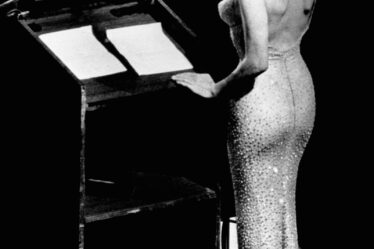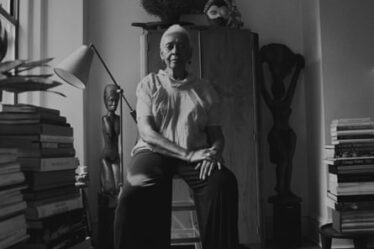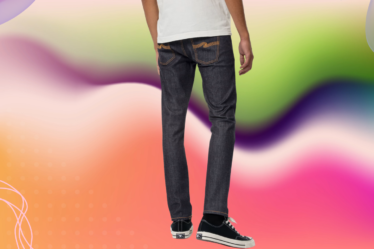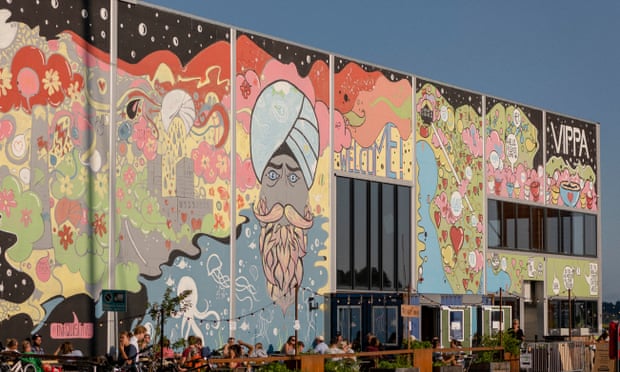
Food
Norway is known for its hearty stews and seafood, but Oslo also has an emerging foodie scene. For something traditional, try raspeball (potato dumplings) with salted meat at Kaffistova, just off Rosenkrantz’ gate, which has been around since 1901.
Smalhans in the St Hanshaugen neighbourhood offers home cooking inspired by cuisines from across the world. The day’s special is always a good bet, or splash out on the six-course krøsus menu, designed to share. Near the Opera House is Vippa, a vibrant street food court with stalls from around the world, including Syria, Poland and Morocco. My favourite is the fish and chips, with mushy peas, from Fra Dypet.
Inspiration
At our huge new National Museum, which opened on 11 June, you can see work by national and international superstars (including The Scream by Edvard Munch in a dedicated Munch room) and lesser-known pioneers. The collection’s 6,500 works include art, architecture and design from antiquity to the present. The icing on the cake is the lofty Light Hall, with changing exhibitions. The opening show, I Call It Art, is a snapshot of Norway’s contemporary art scene today.
Close by is the Astrup Fearnley Museum, with one of Europe’s most comprehensive collections of contemporary art. Other places on Oslo’s gallery scene worth checking out are OSL Contemporary, Galleri Riis, Gerhardsen Gerner and Standard (Oslo). Another landmark worth a visit is the Opera House. Go to a show, or just take a stroll on the roof and enjoy the view. While you’re in the area, try out one of Oslo’s floating saunas on the harbour opposite.
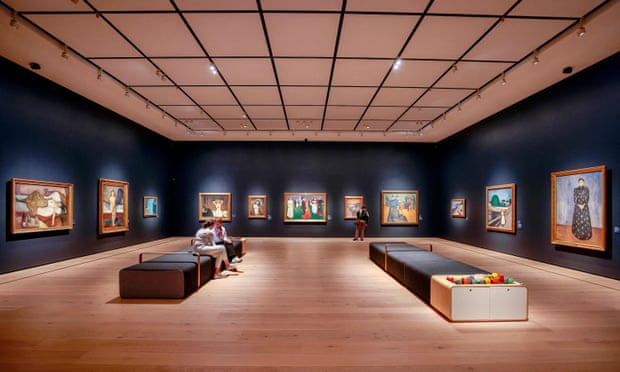
With all this plus the new Munch Museum, the new Deichman library, and the Vigeland and Ekeberg sculpture parks, Norway is aiming to become a global destination for arts and culture.
Neighbourhood
Oslo’s former industrial area, Grünerløkka, is a charming, thriving area on the east side of the Akerselva River. It has a bohemian vibe with great bars, flea markets and designer boutiques. I love secondhand and vintage shops such as Robot, Velouria Vintage, Fretex Arkivet Grunerlokka and Ny York Vintage. The district has many parks, such as Sofienbergparken, Birkelunden and Grünerhagen, and walking along the river is a pleasant way to get to the city centre. This is where I used to live as a young adult, and I always visit Bar Boca for drinks, or Mucho Mas for a killer quesadilla.
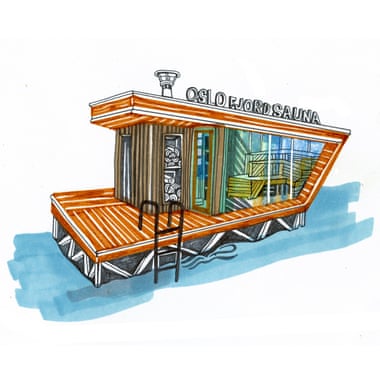
Green space
At this time of year the botanical garden is in perfect early-summer bloom. There’s a small rustic cafe in the grounds, and large, woven sculptures by British artist Tom Hare are dotted around the park. Alternatively, take the tram and see the city from up high in Ekebergparken. The park has stunning views, and on display are impressive sculptures by more than 40 international and Norwegian artists. My personal favourite is James Turrell’s Skyspace.
Nightlife
Start the night at a classic cocktail bar bang in the middle of the city centre: try Andre Til Høyre or Himkok, the first Oslo bar to make the world’s best 50 bars list, in 2020. For a final nail in the coffin, head to Papa Borracho, which specialises in mezcal; the bar staff also have superior cocktail skills.
Stay
Coch Pensjonat (doubles from around £63), just behind the royal palace and Kunstnernes Hus art gallery, has been running for three generations; it provides budget-friendly accommodation in pleasant surroundings.
Another good place to stay is the modern Scandic Hotel Vulkan (doubles from £115) at the foot of Grünerløkka, with the Mathallen food court as its closest neighbour.
Rolf Yngve Uggen is director of collections management at Oslo National Museum, the largest art museum in the Nordic countries

